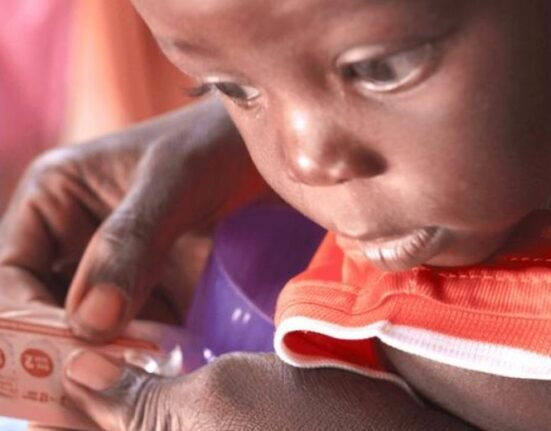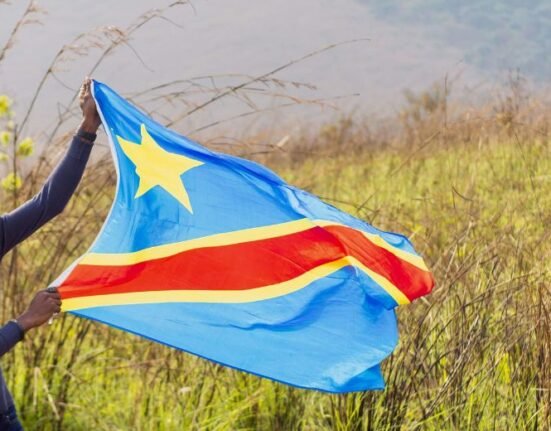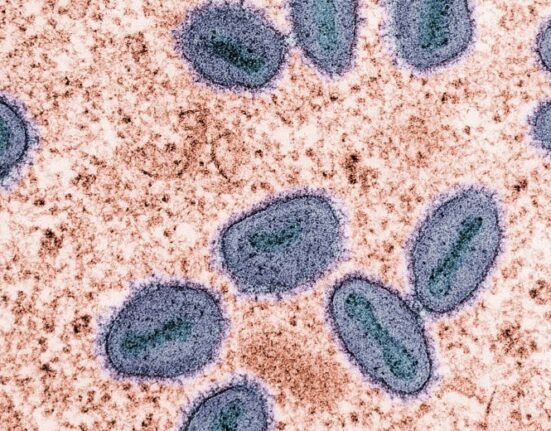HQ Team
November 3, 2022: An invasive mosquito species is hindering the fight against malaria in Africa. A malaria outbreak in Ethiopia earlier this year has scientists worried that malaria will again become pervasive in the continent. 95% of the world’s malaria infections occur in Africa.
From 2019 to 2020, malaria infections in Africa rose 7%, to about 228 million. The invasive mosquito species, Anopheles stephensi, is found in India and the Persian Gulf. In 2012, it was discovered in Djibouti and then spread to it Sudan, Somalia, Yemen and Nigeria.
At the annual meeting of the American Society of Tropical Medicine and Hygiene held on November 1, data was presented that strongly indicated the mosquito species was responsible for the malaria outbreak in Dire Dawa, Ethiopia.
“This is very important work,” says Seth Irish, a medical entomologist at the World Health Organization (WHO) in Geneva, Switzerland. The data are especially convincing, says Jaishree Raman, a molecular biologist at the National Institute for Communicable Diseases in Johannesburg, South Africa, because before A. stephensi arrived, malaria infections had not been common in Dire Dawa. But cases have skyrocketed, from 205 in 2019 to more than 2,400 so far in 2022, reports Nature.
Fitsum Tadesse, a molecular biologist at the Armauer Hansen Research Institute in Addis Ababa, Ethiopia, and his colleagues identified 98 residents who had tested positive for the disease. They then tested 213 people who were either family member or had shared accommodation with those residents. They then formed a control group of 213 people who shared space with a person who had tested negative. Those in the first group were about four times more likely to also have the disease.
Urban breeders
The results suggest that the disease had spread through mosquito bites. To pinpoint the exact species, the researchers collected adult mosquitos from around the homes of those included in the study. About 97% of the adult mosquitos collected were A. stephensi.
A. stephensi has the ability to breed in clean water containers such as barrels or wells, and urban settings are ripe for such infections. By contrast, other malaria-carrying mosquitos often breed in stagnant puddles and lakes in rural settings. Many African cities are rapidly urbanizing, offering ample opportunities for A. stephensi to breed. Its larvae are especially resilient, Tadesse says. The mosquito can breed in dry seasons, unlike other carriers that die off in dry weather.
A. stephensi are resistant to traditional mosquito control measures such as sprays and nets as they proliferate outdoors too. It’s “questionable how feasible malaria elimination is with existing tools”, says Jan Kolaczinski, who leads the vector control and insecticide resistance unit at the WHO’s Global Malaria Programme. A. stephensi is also resistant to common insecticides.
No Silver Bullet
In India, where the species is prevalent, strict controlling measures have been undertaken, such as stringent policies on water storage, regular spraying and dealing with stagnant water collection in urban settings.
The WHO issued an alert about A. stephensi in 2019, and this September, the agency launched an initiative to stop its spread.
About 126 million people living in African cities are at risk of malaria if A. stephensi continues to spread across the continent. The WHO is coordinating a pilot programme to distribute a malaria vaccine approved in 2021 for broad use in children.
“There is no silver bullet” for this fast-spreading malaria vector, Tadesse says. “We need a different approach.”








